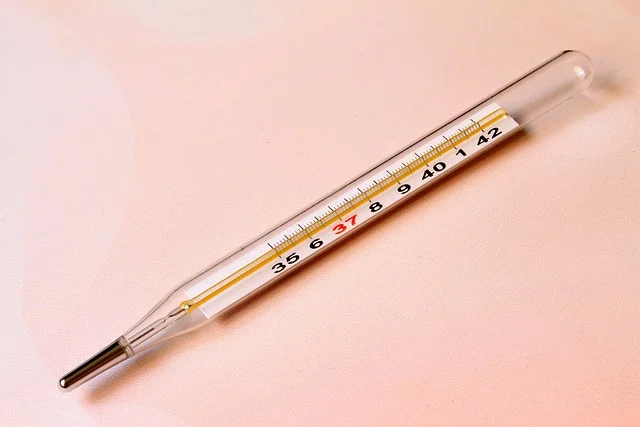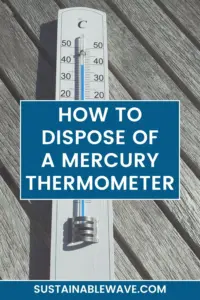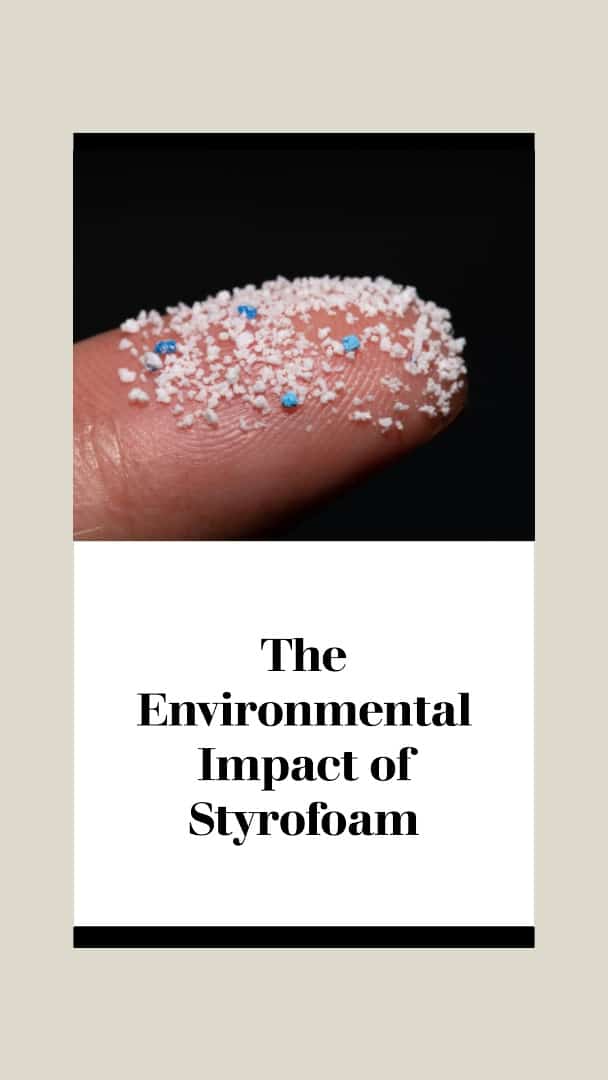Mercury thermometers, once the staple in every household and medical facility, have a rich historical background. They were prized for their accuracy and reliability. With the surge in environmental consciousness and the risks associated with mercury exposure, their usage has seen a steep decline.
To dispose of a mercury thermometer, place it in a sealed container, and never throw it in regular trash. Ensure you handle it safely to prevent environmental and some of the numerous health risks associated with mercury.
Now let’s take a bit deeper look at mercury thermometers, and why disposing of them properly is absolutely vital.
Dangers of Mercury Exposure

Mercury, a naturally occurring element, is found in the earth’s crust, but its presence in everyday life is where concerns arise.
While mercury in its natural state, embedded deep within the earth, poses no threat, it becomes a menace once released into the environment.
- Neurological and Cognitive Effects: The most profound impact of mercury is on the nervous system. Methylmercury, an organic form of mercury found in certain seafood, can penetrate the brain. This results in a range of symptoms from tremors and numbness to memory loss and vision or hearing impairment. Infants and children exposed to mercury can experience developmental delays and diminished cognitive functions.
- Digestive and Immune System Impact: Mercury exposure has been linked to harmful effects on the digestive and immune systems. It weakens the immune response, leaving the body susceptible to various infections.
- Lung and Kidney Damage: Inhaling mercury vapor can lead to severe lung damage. Prolonged exposure can adversely affect kidney function, leading to kidney disease.
- Emotional and Psychological Impacts: Mood swings, irritability, nervousness, and feelings of extreme fatigue are also associated with high levels of mercury exposure.
- Potential for Bioaccumulation: When mercury seeps into water bodies, it transforms into its organic form, methylmercury, which is absorbed by aquatic life. As larger fish consume smaller ones, mercury accumulates and magnifies up the food chain, leading to higher concentrations in predatory fish consumed by humans.
Reasons to Properly Dispose of a Mercury Thermometer
Beyond the basic value of taking care of our planet, there are several compelling reasons to ensure the correct disposal of mercury thermometers.
- Personal and Public Health Safety: As mentioned, the dangers of mercury exposure are severe. Broken thermometers can release mercury, posing a risk not just to you but to everyone around you, including pets. You can reduce the likelihood of unintentional exposure by disposing of these thermometers properly.
- Environmental Protection: Mercury that gets into the soil can make its way into water systems. This not only disrupts aquatic life but also poses a risk to humans who consume water or seafood from contaminated sources.
- Prevention of Bioaccumulation: Proper disposal ensures that mercury doesn’t seep into aquatic ecosystems, reducing the potential for bioaccumulation in fish and, consequently, the human food supply.
- Legal Implications: In many regions, discarding mercury thermometers with regular trash is against the law due to the severe environmental and health hazards they pose.
- Promotion of Safer Alternatives: Recognizing the dangers of mercury thermometers can lead to greater acceptance and usage of safer alternatives like digital or infrared thermometers.
While mercury is naturally occurring, it is harmful when introduced into our environment. Its potential for damage to human health and ecosystems makes the proper disposal of mercury thermometers highly important.
Environmental Impact of Mercury
Mercury’s environmental presence is a significant concern due to its ability to transition between different forms and its potential to travel across long distances.
Mercury impacts our environment in several ways such as:
- Water Contamination: Mercury released into the environment can enter water bodies, where bacteria convert it into its toxic form, methylmercury. This not only harms aquatic life but also affects those who rely on these water sources.
- Harm to Wildlife: Aquatic organisms, especially fish, absorb mercury, which then becomes concentrated as it moves up the food chain. This results in predatory fish containing higher mercury levels, which, when consumed by birds or mammals, can cause reproductive failure, behavioral changes, and even death.
- Air Pollution: Mercury can be released into the atmosphere from industrial processes. Once airborne, it can travel thousands of miles before being deposited back on Earth, contaminating regions far from the original source.
- Soil Degradation: Mercury in the soil can alter its properties, making it less fertile and disrupting the organisms living within it.
- Global Transportation: Due to its ability to enter the atmosphere, mercury can be a global problem. Emissions in one country can affect the environment in another, underscoring the importance of international cooperation in addressing mercury pollution.
6 Steps on How to Dispose of a Mercury Thermometer
Safe disposal of a mercury thermometer is crucial to prevent environmental contamination. Here are the general steps:
- Prepare a Safe Container: Secure a zip-top plastic bag or a container with a tight-fitting lid. If you’re using a container, line it with a plastic bag.
- Wear Protective Gloves: Before handling the thermometer, wear disposable gloves to avoid direct contact.
- Place Thermometer in the Container: Gently place the mercury thermometer into the bag or container, ensuring it’s secure.
- Seal and Store: Zip the bag or seal the container. Keep it safe, away from children and pets, until you can dispose of it properly.
- Contact Local Waste Authorities: Reach out to your local hazardous waste disposal facility or health department. They can provide guidance on proper disposal sites or upcoming collection events.
- Do Not Throw in Regular Trash: Never dispose of mercury thermometers with regular household waste or recycling.

Handling Broken Mercury Thermometers
Accidents happen, but when a mercury thermometer breaks, it’s essential to handle the situation with care:
- Evacuate the Area: Ensure children, pets, and other family members leave the room.
- Ventilate the Room: Open windows and doors to allow fresh air in. Turn off any central heating or cooling systems.
- Wear Protective Gloves: Wear disposable gloves to protect yourself from direct mercury contact.
- Use Cardboard or Stiff Paper: Gently push mercury beads together and scoop them onto the cardboard or paper.
- Use Sticky Tape: To pick up any remaining small mercury droplets, press the sticky tape against the spill area.
- Place All Materials in a Sealable Container: Place the broken thermometer, mercury beads, and any cleanup materials into a container. Seal it tightly.
- Contact Local Authorities: Reach out to your local hazardous waste facility for guidance on proper disposal.
- Do Not Vacuum or Sweep: This can break the mercury into smaller droplets and spread them further.
I’m Thomas, the owner of SustainableWave. Passionately promoting a sustainable planet. With experience in various eco-roles, I’ll share green tips, sustainability hacks, and personal eco-journeys on my blog.






